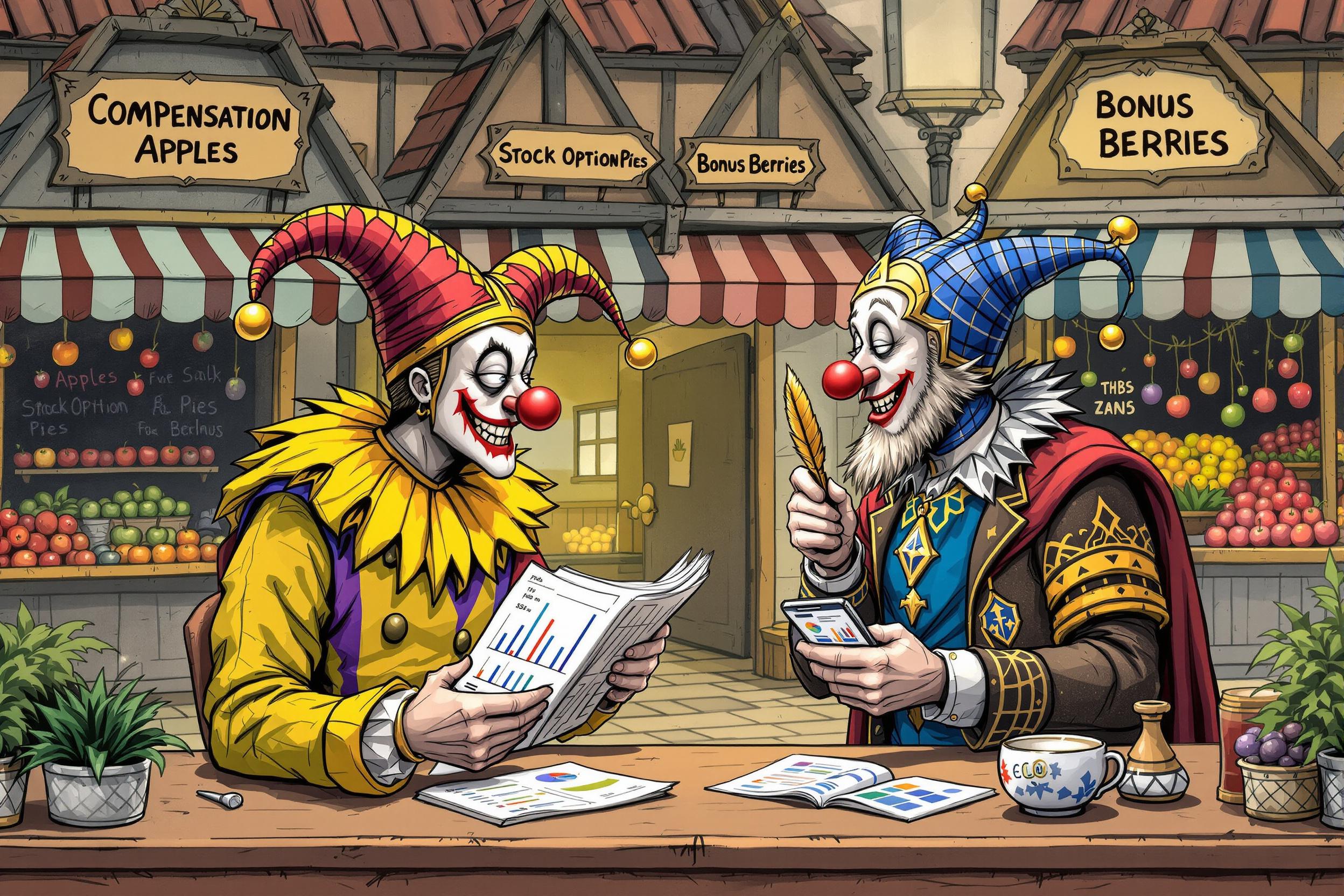
Fine
In the rare book and antiquarian trade, "Fine" is a standardized term used to describe the condition of books, documents, or other collectible items. It represents one of the highest condition grades, indicating that an item is in excellent condition with minimal wear. When a book is described as "Fine," it means it appears almost new, with a clean, bright cover, sharp corners, unmarked pages, and tight binding. This term is essential for buyers and sellers as it helps set accurate price expectations and ensures clear communication about item quality.
Examples in Resumes
Maintained detailed condition reports for over 1,000 Fine and near-fine volumes in antiquarian collection
Specialized in identifying and pricing Fine first editions of 20th-century literature
Successfully sold multiple Fine condition rare books at 30% above market value
Typical job title: "Rare Book Dealers"
Also try searching for:
Where to Find Rare Book Dealers
Professional Organizations
Online Communities
Trade Events
Example Interview Questions
Senior Level Questions
Q: How do you distinguish between Fine and Near Fine condition when appraising rare books?
Expected Answer: A senior dealer should explain that Fine means virtually perfect condition with no flaws, while Near Fine might have very minor issues like slight shelf wear. They should mention specific inspection points like dust jacket condition, binding integrity, and page quality.
Q: How do you handle disputes about condition grading with customers?
Expected Answer: Should discuss their approach to detailed documentation, use of standardized grading terms, high-quality photographs, and professional communication methods to prevent and resolve condition-related disputes.
Mid Level Questions
Q: What factors might prevent a book from being graded as Fine even if it looks perfect at first glance?
Expected Answer: Should mention factors like previous repairs, slight page yellowing, minor spine lean, or tiny bumps that might not be immediately obvious but affect grading.
Q: How do you document the condition of a Fine book for insurance purposes?
Expected Answer: Should explain their process for detailed condition reporting, photography, noting any distinguishing characteristics, and maintaining proper records for insurance claims.
Junior Level Questions
Q: What are the basic criteria for a book to be considered Fine condition?
Expected Answer: Should be able to list basic requirements: clean pages, tight binding, sharp corners, no marks or wear, bright cover, and if present, an undamaged dust jacket.
Q: How do you properly examine a book to determine if it's in Fine condition?
Expected Answer: Should describe the basic inspection process: checking binding, pages, corners, spine, dust jacket, and looking for any signs of wear or damage.
Experience Level Indicators
Junior (0-2 years)
- Basic condition grading knowledge
- Understanding of book anatomy
- Basic handling of rare books
- Simple condition reporting
Mid (2-5 years)
- Detailed condition assessment
- Price evaluation based on condition
- Customer communication about condition
- Documentation and photography skills
Senior (5+ years)
- Expert condition grading
- Market value assessment
- Dispute resolution
- Training and mentoring others
Red Flags to Watch For
- Unable to distinguish between different condition grades
- Lack of attention to detail in examining books
- Poor documentation practices
- Unfamiliarity with standard grading terminology
Related Terms
Need more hiring wisdom? Check these out...

Refining Job Descriptions to Expand Applicant Pools: Casting a Wider Talent Net

Resume Optimizations that Candidates Do to Get Past AI Hiring Filters

Cutting HR Costs Without Sacrificing Quality: A How-To for Savvy Executives

